- HF Induction Brazing
- ┣━━ HF Induction Brass Solder
- MF Induction Forging
- Induction Hardening
- HF Induction Quenching
- HF Induction Annealing
- Induction Tempering or Preheating
- Induction Melting
- ┣━━ Rare Metals Melting
- ┣━━ High Capacity Melting
- Induction Shrink Fitting
- Induction Thermal Treatment
- Induction Heating for Aerospace
- Induction Bonding
- Induction Soldering
- Induction Welding
- Induction Jointing
- Other Induction Applications
-
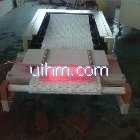
induction heating steel plates by auto feed system with 120KW induction heater
induction heating steel plates by auto feed system with 120KW induction heater
2014/06/08
-
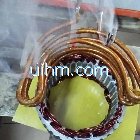
Induction Heating multi wire bundles of rotor with different shape induction coils
Induction Heating multi wire bundles of rotor with different shape induction coils
2015/09/29
-
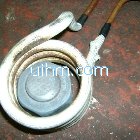
induction heating bolt
induction heating bolt
2014/06/08
-
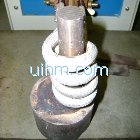
induction heating steel rod by UM-40AB-HF
induction heating steel rod by UM-40AB-HF
2014/06/08
-
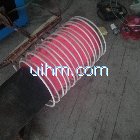
induction heating end of pipeline by 160kw induction heater
induction heating end of pipeline by 160kw induction heater
2014/06/08
© Copyright 2025. uihm.com All Rights Reserved.
